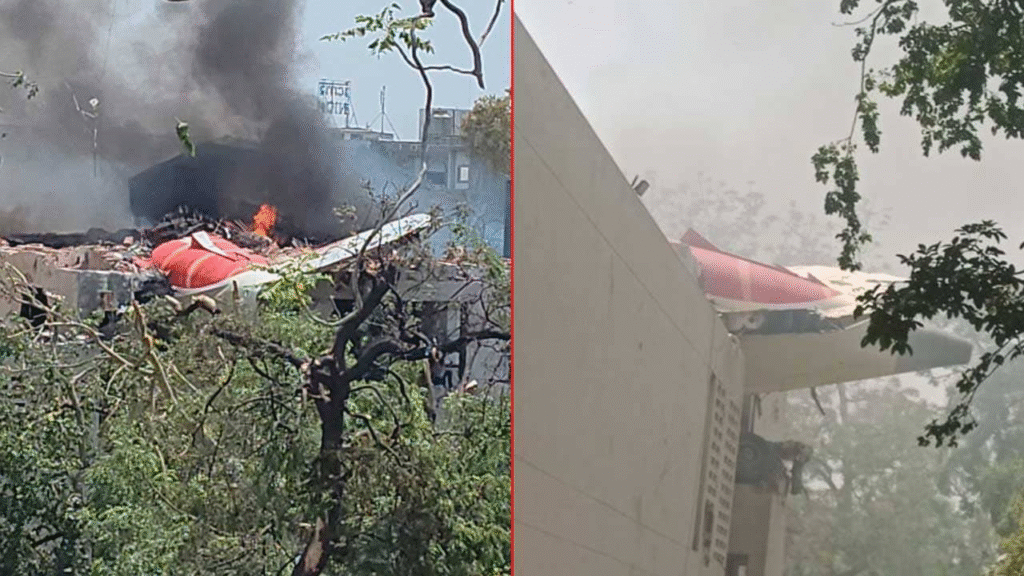
By 2050, India is projected to have the largest Muslim population in the world. A mere number for some but for many Hindus, it feels like the turning of a page in a civilizational narrative. What does this mean? Are we paying sufficient attention? India is not a nation. It is Bharat — a living, breathing civilization that has borne the brunt of invasions, colonialism, and ideological attacks. But as the numbers change quietly decade after decade, there is an increasingly clear question in the Hindu psyche: Are we witnessing the gradual death of our majority status in our own home?
Hindu Population Dips — Should It Matter?
Within only a decade (2010–2020), the Hindu share of the population dropped from 80.0% to
79.8%. “Just 0.2%,” some may chuckle — but history becomes altered by fractions, not floods.
It is not about numbers. It is about narratives.
When the spiritual fabric of temples, customs, and languages that form a nation start to grow
thin, does it not call for pause and consideration? Hindus are not concerned about losing power — they are concerned about losing presence.
Muslim Growth: A Natural Trend or a Political Blind Spot?
The proportion of India’s Muslims increased from 14.3% to 15.2% — in absolute terms
increasing India’s Muslims by more than 3.5 crore in a span of 10 years. The religion now has
a worldwide population increase of 21% and is edging towards 200 crores. And in less than 30
years India may become the largest Muslim State on this planet.
The critical question: Are we prepared for the socio-political and culture shock that this
transition entails? Religious demography is more than an issue of faith. Religious demography influences policy, voting behaviour, education, media and a nation’s identity.
Is Hindu Culture Slowly Being Pushed to the Margins?
From Diwali bans to encroachments on temple property, from cleaning-up education curricula
to this absurd mockery of legitimate ancient practices — the Hindu way of life continues to remain onerous what is the extent of our restraints. In a Hindu majority country… The authorities need to get court approval, to celebrate festivals in temples, You can choose to learn a smattering of Sanskrit, but you definitely must learn any and every foreign language, And, for God’s sake, don’t express pride in your own Sanatan Dharma unless you want the Indian state to label you “communal”, This is an unsubstantiated pattern. It is a cultural regression masquerading as secularism.
Can We Embrace Diversity Without Losing Identity?
Hindus have never been afraid of diversity. From Zoroastrians to Jews, all persecuted communities have found refuge in Bharat. But tolerance should be reciprocal, not exploitative. What of the idea of India? If the Hindu majority continues to decline while others consolidate, how can India remain a nation of Hindu pluralism? Will it even resemble itself, or will it soon be redefined in ways that not only distance itself from its roots but abandon its traditions?
The Hindu question can be simplified as follows: Can coexistence exist without compromising identity?
Where Do We Go From Here?
This is not a call for fear but a call for awareness.
Not a plea for supremacy but safeguarding.
Not a campaign against any community but campaign for the continuity of civilization.
The path forward requires:
- A universal population policy for all religions
- A revitalization of Hindu culture
- Protection of temples, languages and traditional knowledge
- A cessation of political tokenism and selective outrage
Because if the soul of Bharat is not to be fulfilled, all we will have left is geography and not
civilization.
Final Thought: Will the Silent Majority Stay Silent Forever?
Hindus have always been peace-loving. But peace must not be confused with passivity.
As India stands on the brink of a demographic tipping point, the time has come to ask:
Will we be spectators in our own story? Or will we rise to protect the Sanatan spirit that gave this land its name — Bharat?
Sources:
- Pew Research Center: The Future of World Religions: Global Growth Trends
- Government of India Census Data (2011) & Estimates
- Ministry of Home Affairs Reports on Religious Composition
